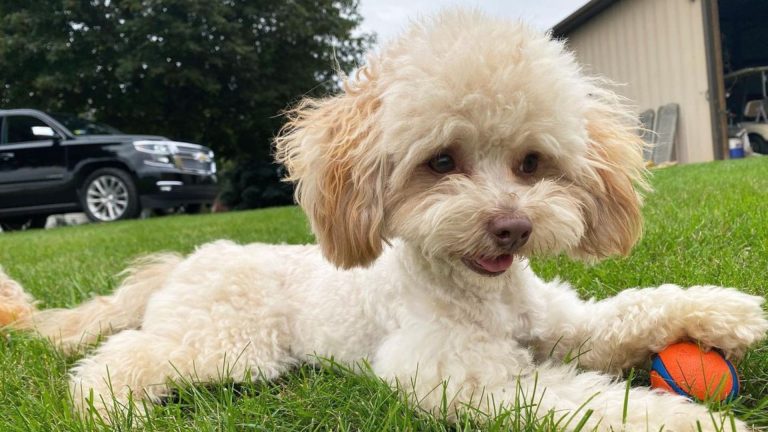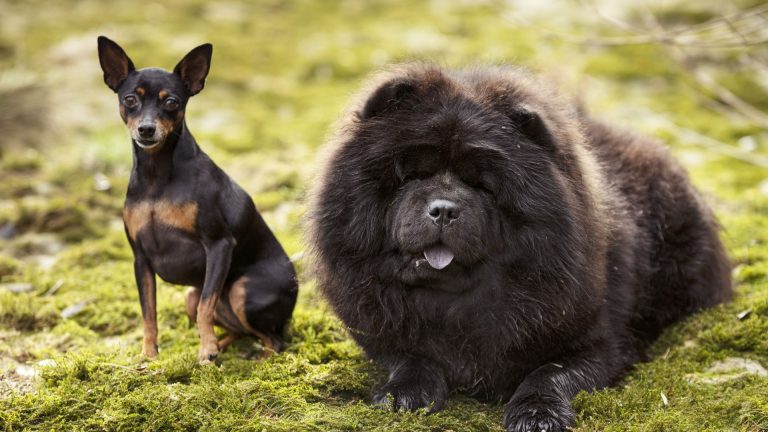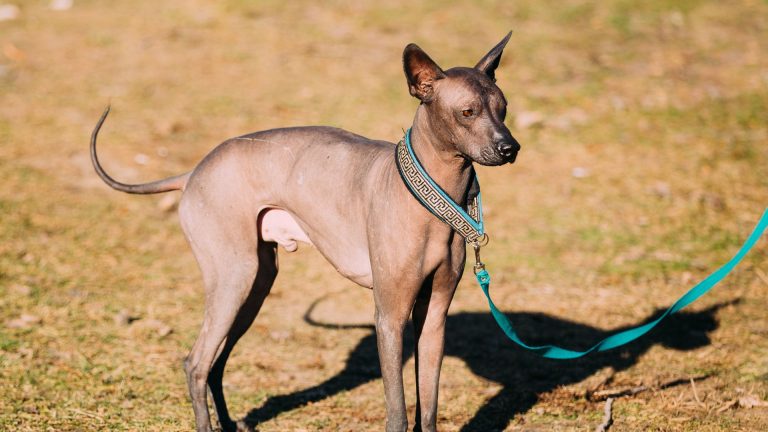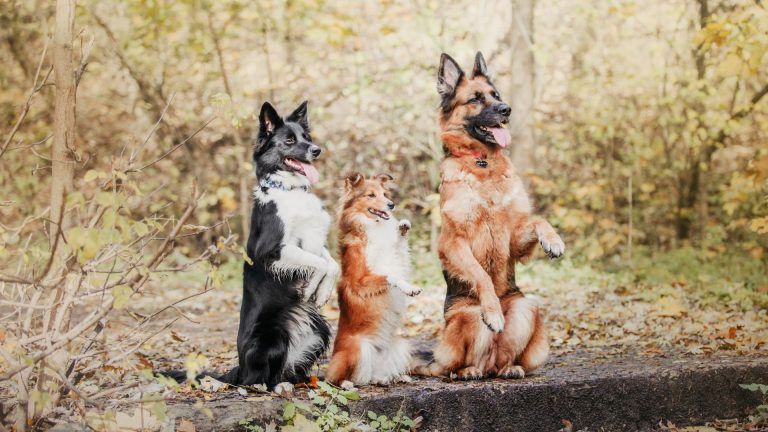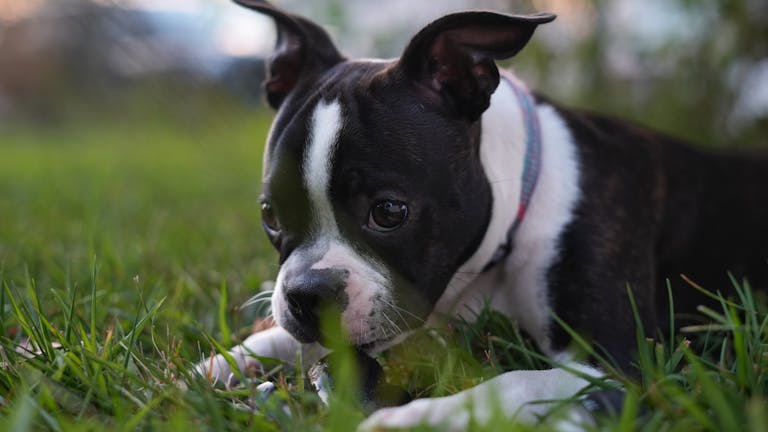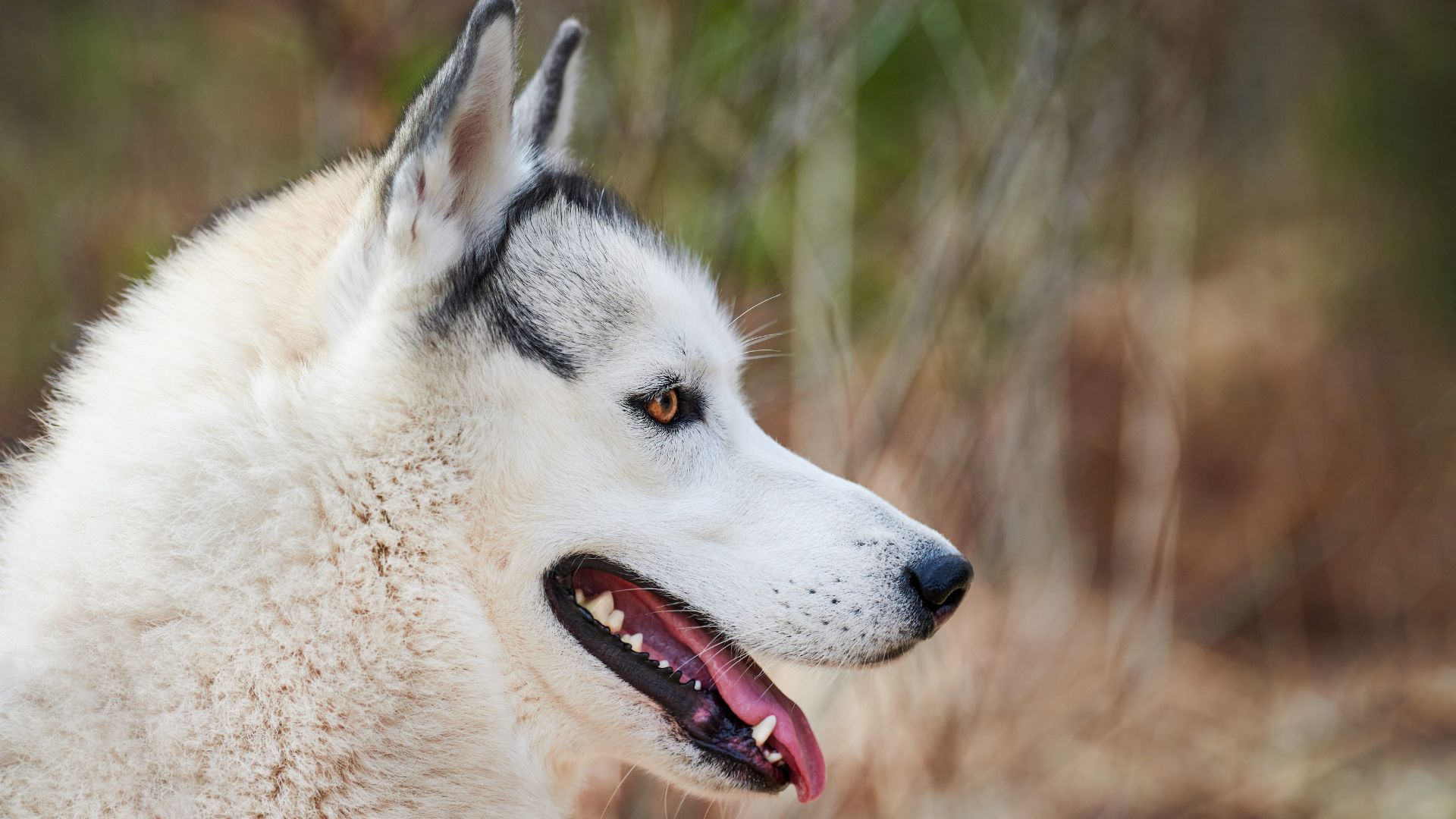
Contents
- 1 Understanding Autism and Dog Compatibility
- 2 Characteristics of Dog Breeds Unsuitable for Autism
- 2.1 High Energy Levels and Hyperactivity
- 2.2 Loud Barking and Vocal Tendencies
- 2.3 Aggressiveness or Territorial Behavior
- 2.4 High Grooming and Maintenance Needs
- 2.5 Unpredictability and Lack of Consistency
- 2.6 Top 10 Worst Dog Breeds for Autism
- 2.7 Why These Breeds Are Challenging for Individuals with Autism
- 3 Why These Breeds Are Challenging for Individuals with Autism
- 4 Why These Breeds Are Challenging for Individuals with Autism
- 5 Conclusion
Autism spectrum disorder (ASD) is a complex developmental condition that affects communication, behavior, and social interactions. Individuals with autism often experience sensory sensitivities and may have specific needs that make everyday situations challenging. In such scenarios, dogs can play a significant role in providing comfort, companionship, and even therapeutic benefits. However, choosing the right dog breed is crucial to ensure a harmonious relationship and support system for the individual with autism.
Not all dog breeds are suitable for individuals with autism. Certain breeds possess traits such as high energy levels, loud barking, aggressiveness, or unpredictability, which can be overwhelming and stressful. These characteristics can exacerbate sensory sensitivities and lead to a less supportive and more challenging environment for the person with autism.
This article aims to identify the dog breeds that are considered the least suitable for individuals with autism. By highlighting these breeds and explaining why they may not be the best choice, we hope to guide families and caregivers in making informed decisions. Understanding the specific needs of individuals with autism and matching those with the right dog breed can lead to a more positive and beneficial relationship between the dog and its owner.
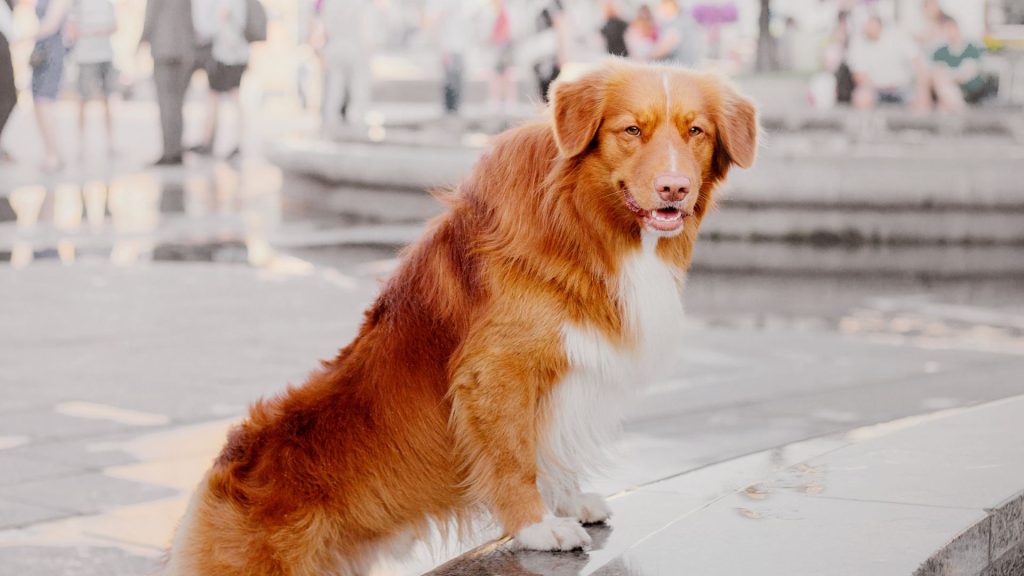
Understanding Autism and Dog Compatibility
Autism spectrum disorder (ASD) is a developmental condition characterized by challenges in social interaction, communication, and repetitive behaviors. Sensory sensitivities are common among individuals with autism, making them more sensitive to certain sounds, lights, textures, and movements. These sensory issues can significantly affect their daily lives, requiring a calm and predictable environment to thrive.
The Role of Dogs in Therapy and Companionship for Individuals with Autism
Dogs can provide invaluable support for individuals with autism. As therapy animals, they offer emotional comfort, reduce anxiety, and help improve social interactions. The presence of a dog can encourage communication, provide a sense of security, and foster a calming influence. Additionally, dogs can be trained to assist with specific tasks, such as preventing elopement (wandering off) and interrupting repetitive behaviors. Their unconditional love and companionship can enhance the overall quality of life for individuals with autism and their families.
Key Traits that Make a Dog Breed Suitable or Unsuitable for Individuals with Autism
Selecting the right dog breed is essential to ensure a positive and supportive relationship. Key traits that make a dog breed suitable for individuals with autism include:
- Calm Temperament: Breeds with a gentle and steady demeanor are less likely to cause stress or anxiety.
- Low Energy Levels: Dogs that are not overly energetic are easier to manage and can provide a more stable environment.
- Quiet Nature: Breeds that bark less are preferable, as loud noises can be overwhelming for individuals with sensory sensitivities.
- Predictability: Consistent behavior and minimal unpredictability are crucial for creating a secure environment.
- Affectionate and Patient: Dogs that are naturally affectionate and patient can offer better companionship and understanding.
Conversely, breeds that exhibit high energy, loud barking, aggressiveness, or unpredictability can be challenging for individuals with autism. These traits can exacerbate sensory sensitivities and create a stressful environment, making it difficult for the individual to feel comfortable and secure. Therefore, it is vital to choose a breed that aligns with the specific needs and sensitivities of the person with autism.
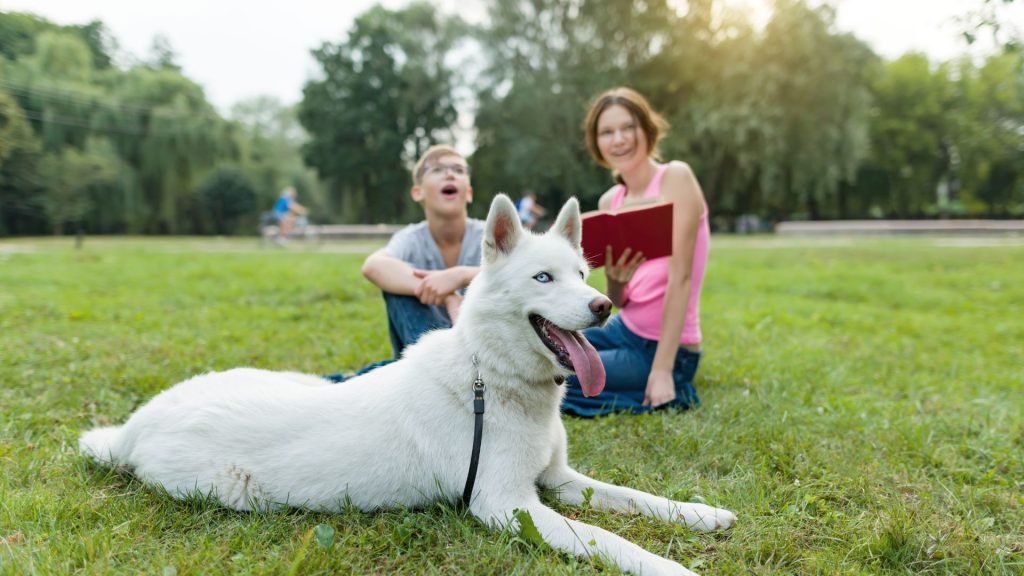
Characteristics of Dog Breeds Unsuitable for Autism
Choosing the right dog breed for individuals with autism is crucial, as certain traits can significantly impact their well-being and daily life. Here are some characteristics of dog breeds that may be unsuitable for individuals with autism:
High Energy Levels and Hyperactivity
Dogs with high energy levels and hyperactivity require constant physical and mental stimulation. Breeds like the Jack Russell Terrier or the Australian Cattle Dog are known for their boundless energy and need for regular exercise. For individuals with autism, especially those with sensory sensitivities, the constant movement and demand for attention can be overwhelming. High-energy dogs may inadvertently cause stress and anxiety, making it difficult for the individual to feel calm and secure.
Loud Barking and Vocal Tendencies
Some dog breeds are naturally more vocal than others. Breeds such as Beagles and Chihuahuas tend to bark frequently and loudly. This constant noise can be particularly distressing for individuals with autism who have heightened auditory sensitivities. Loud barking can trigger sensory overload, leading to increased anxiety and discomfort. Therefore, quieter breeds are generally more suitable for creating a peaceful environment.
Aggressiveness or Territorial Behavior
Aggressive or territorial behavior can be problematic for individuals with autism. Breeds like the Akita and Rottweiler may exhibit protective and territorial tendencies, which can be intimidating and unpredictable. These breeds may also require experienced handling to manage their behavior effectively. For individuals with autism, such traits can pose safety concerns and create an atmosphere of tension and fear, rather than providing the comfort and companionship they need.
High Grooming and Maintenance Needs
Breeds that require extensive grooming and maintenance, such as the Poodle or Shih Tzu, can be demanding and time-consuming. The frequent grooming sessions and the associated sensory experiences (like brushing and bathing) can be challenging for individuals with autism. The tactile sensations may cause discomfort or distress, making it difficult to maintain the dog’s grooming needs consistently.
Unpredictability and Lack of Consistency
Predictability and consistency are vital for individuals with autism to feel secure and comfortable. Breeds that display unpredictable behavior or are difficult to train, like the Dalmatian or Siberian Husky, can be unsuitable. These breeds may not respond consistently to commands or may exhibit sudden changes in behavior. Such unpredictability can be unsettling and may disrupt the routine and sense of stability that individuals with autism rely on.
In summary, dog breeds with high energy, loud vocal tendencies, aggressive or territorial behavior, high grooming needs, and unpredictability are generally less suitable for individuals with autism. Selecting a breed that aligns with the specific needs and sensitivities of the person with autism is essential to ensure a supportive and harmonious relationship.
Top 10 Worst Dog Breeds for Autism
Chihuahua

Chihuahuas, despite their small size, are known for their high energy levels, vocal tendencies, and territorial behavior. These tiny dogs often exhibit a lot of energy, requiring more stimulation and exercise than their size might suggest. They are also notoriously vocal, frequently barking at strangers, noises, and even other animals, which can be overwhelming for individuals with autism who have heightened auditory sensitivities. Additionally, Chihuahuas can be quite territorial, often showing aggression towards strangers and other pets. This territorial behavior can create a stressful environment, making it challenging for individuals with autism to feel safe and comfortable. For these reasons, Chihuahuas may not be the best choice for families with autistic members.
Jack Russell Terrier
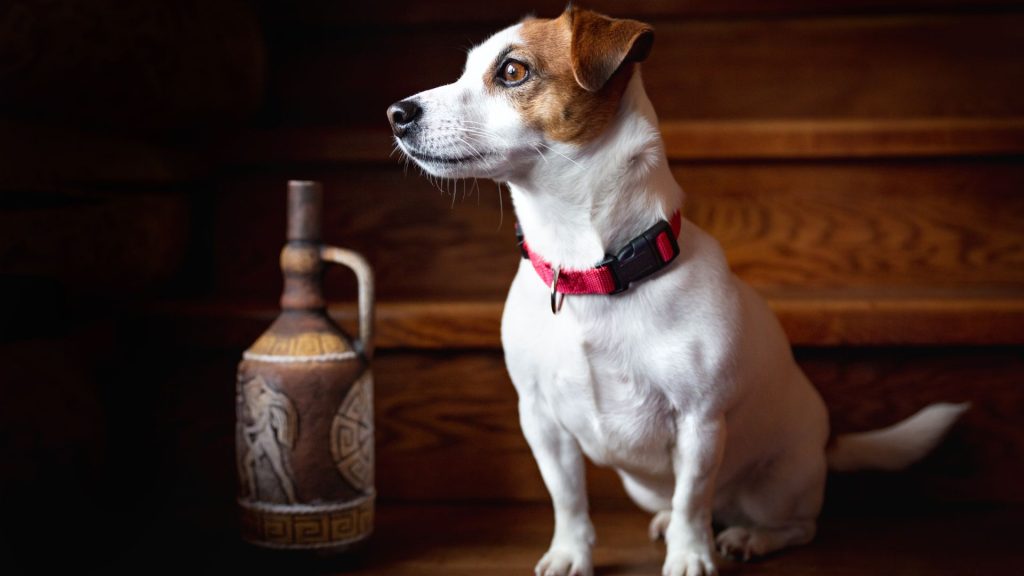
Jack Russell Terriers are highly energetic and require constant physical and mental stimulation. Their boundless energy makes them excellent companions for active individuals but can be overwhelming for those with autism. These terriers are known for their hyperactivity and need for regular exercise, which can be difficult to manage. Additionally, Jack Russell Terriers are vocal and tend to bark frequently, especially when they are bored or seeking attention. This trait can be particularly distressing for individuals with auditory sensitivities. Their high energy and vocal nature, combined with a strong prey drive and tendency to chase, make them a challenging breed for families with autistic members. Managing a Jack Russell Terrier’s needs can be demanding and may not provide the calm and stable environment needed.
Dachshund

Dachshunds, with their playful and curious nature, can be a handful for individuals with autism. They are known for their high energy levels and love for digging and chasing, which can translate into hyperactive behavior. Dachshunds are also quite vocal and tend to bark excessively, especially when they sense strangers or other animals. This constant barking can be particularly challenging for individuals with heightened auditory sensitivities. Additionally, Dachshunds can be territorial and aggressive, especially towards strangers and other dogs, creating an unpredictable environment. Their independent and sometimes stubborn nature can make training difficult, adding to the challenges. Overall, Dachshunds may not provide the calm and predictable companionship that individuals with autism require.
Dalmatian
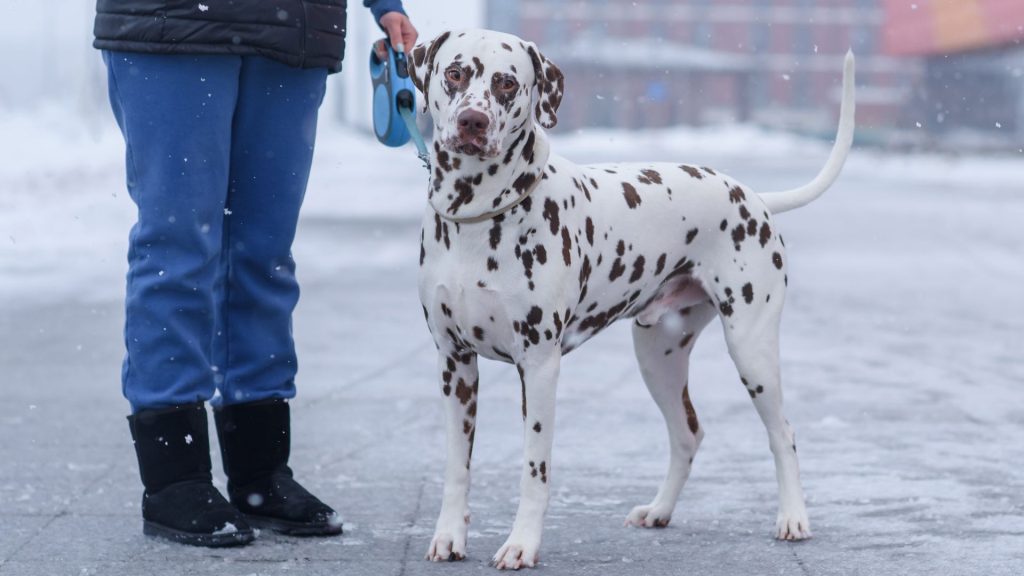
Dalmatians are known for their high energy levels and need for extensive exercise, making them a challenging breed for individuals with autism. These dogs thrive on physical activity and can become restless and destructive if not adequately stimulated. Their high energy can be overwhelming, especially for those who require a calm and stable environment. Additionally, Dalmatians are known to be vocal, and their barking can be a source of distress for individuals with auditory sensitivities. Their strong-willed and sometimes stubborn nature can make training a challenge, leading to unpredictable behavior. Dalmatians also require a lot of social interaction and can suffer from separation anxiety, adding to the complexity of their care. For these reasons, Dalmatians may not be suitable companions for individuals with autism.
Akita
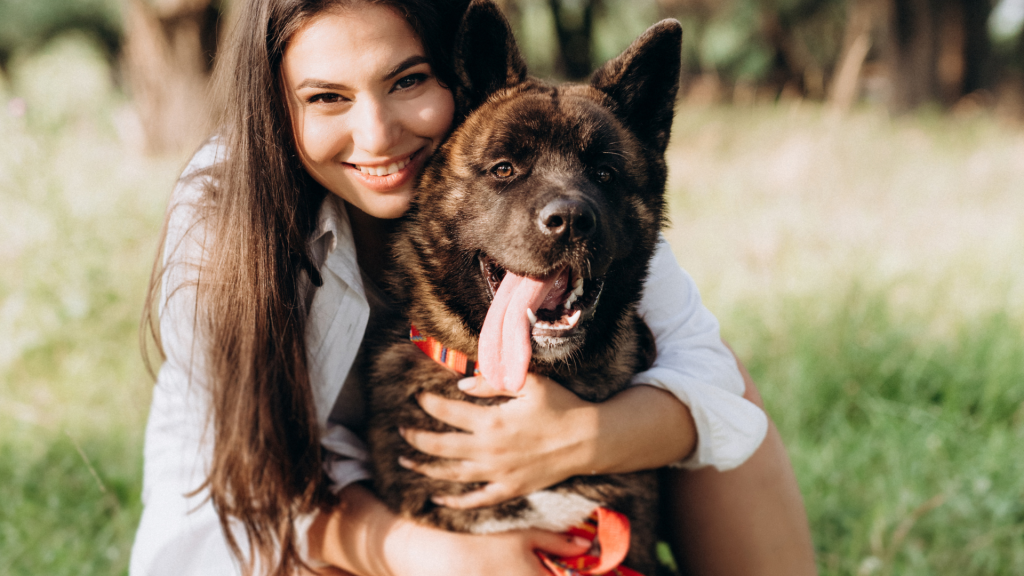
Akitas are large, powerful dogs known for their protective and territorial nature. While they can be loyal and affectionate with their families, they often exhibit aggressive tendencies towards strangers and other animals. This protective instinct can be intimidating and create an unpredictable environment, which is challenging for individuals with autism. Akitas are also known for their independence and stubbornness, making them difficult to train. Their strong-willed nature requires an experienced handler, which can be demanding for families with autistic members. Additionally, Akitas are prone to vocalizing, and their deep, loud barks can be distressing for those with auditory sensitivities. The combination of aggressiveness, territorial behavior, and training challenges makes Akitas a less suitable choice for individuals with autism.
Australian Cattle Dog
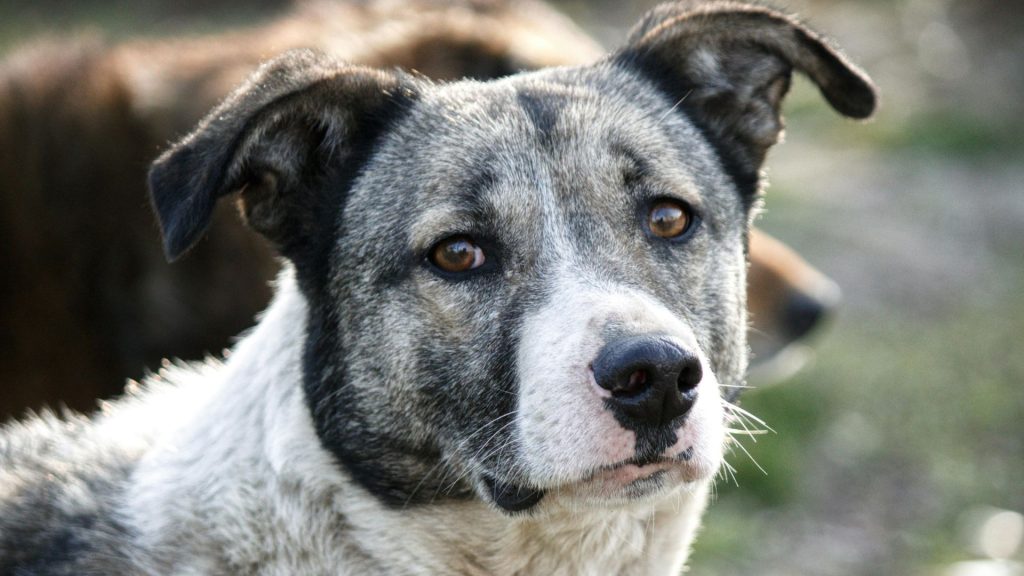
Australian Cattle Dogs are renowned for their intelligence, high energy levels, and strong herding instincts. These traits make them excellent working dogs but can pose challenges for individuals with autism. Their high energy requires constant physical and mental stimulation, which can be overwhelming and difficult to manage. Australian Cattle Dogs are also known for their vocal nature, often barking to alert or communicate, which can be distressing for those with heightened auditory sensitivities. Their herding instincts can lead to nipping and chasing behaviors, creating an unpredictable environment. Additionally, their strong-willed and independent nature can make training a challenge. These factors combined make Australian Cattle Dogs less suitable companions for individuals with autism who need a calm and predictable environment.
Weimaraner

Weimaraners are high-energy dogs known for their need for extensive exercise and mental stimulation. This breed thrives on physical activity and can become restless and destructive if not adequately exercised, which can be overwhelming for individuals with autism. Weimaraners are also prone to separation anxiety, which can lead to excessive barking and destructive behavior when left alone. Their vocal tendencies can be particularly distressing for those with heightened auditory sensitivities. Additionally, Weimaraners are known for their strong-willed and independent nature, making training a challenge. Their need for constant interaction and stimulation, combined with their vocal nature and training difficulties, make Weimaraners a less suitable choice for individuals with autism who require a calm and stable environment.
Siberian Husky
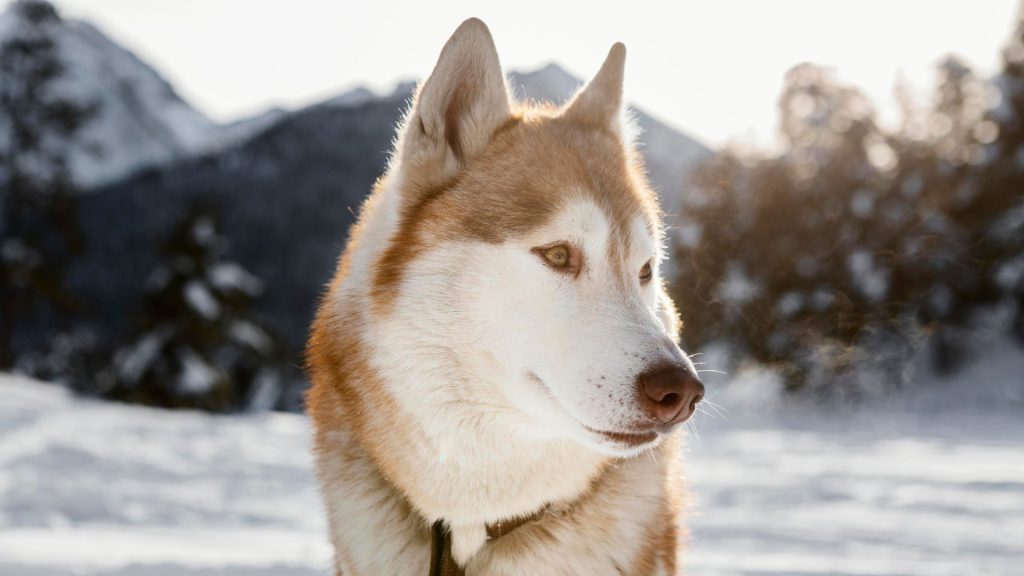
Siberian Huskies are high-energy dogs known for their strong-willed and independent nature. They require extensive exercise and mental stimulation, which can be demanding for individuals with autism. Huskies are also known for their vocal tendencies, often howling and barking, which can be particularly distressing for those with auditory sensitivities. Their strong prey drive and tendency to escape can create an unpredictable environment, making them difficult to manage. Additionally, Siberian Huskies are independent thinkers, which can make training a challenge. Their high energy, vocal nature, and need for constant stimulation make them less suitable companions for individuals with autism who need a calm and predictable environment. Managing a Siberian Husky’s needs can be demanding and may not provide the stability and comfort required.
Beagle
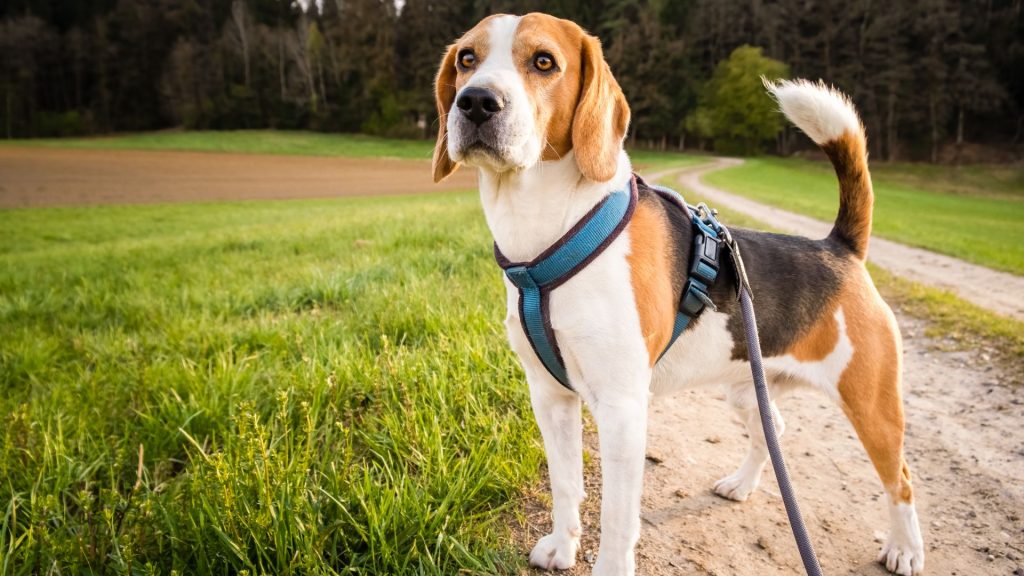
Beagles are known for their friendly and curious nature, but they also come with high energy levels and vocal tendencies. These dogs are natural hunters and often follow their noses, leading to hyperactive behavior and a need for constant stimulation. Beagles are also known for their loud and frequent barking, especially when they catch a scent, which can be distressing for individuals with heightened auditory sensitivities. Their strong hunting instincts and tendency to wander can create an unpredictable environment, making them difficult to manage. Additionally, Beagles require consistent training and can be stubborn at times, adding to the challenges. These traits make Beagles less suitable companions for individuals with autism who need a calm and stable environment.
Rottweiler
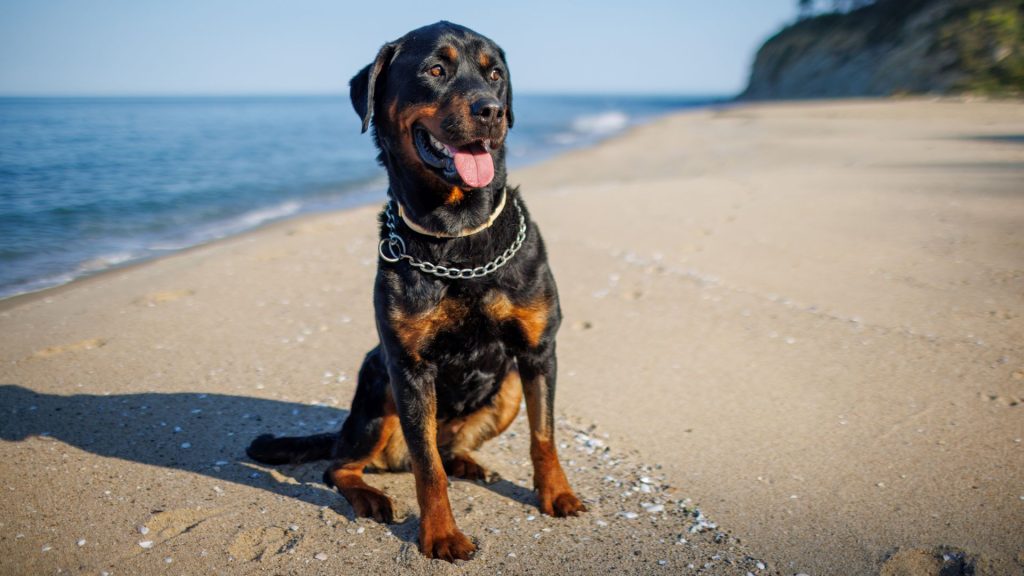
Rottweilers are large, powerful dogs known for their protective and territorial nature. While they can be loyal and affectionate with their families, they often exhibit aggressive tendencies towards strangers and other animals. This protective instinct can be intimidating and create an unpredictable environment, which is challenging for individuals with autism. Rottweilers are also known for their strong-willed and independent nature, making training a challenge. Their need for experienced handling and firm leadership can be demanding for families with autistic members. Additionally, Rottweilers are prone to vocalizing, and their deep, loud barks can be distressing for those with auditory sensitivities. The combination of aggressiveness, territorial behavior, and training challenges makes Rottweilers a less suitable choice for individuals with autism.
In conclusion, the worst dog breeds for autism, while beloved by many, may not provide the calm, predictable, and supportive environment needed for individuals with autism. When choosing a dog breed, it’s essential to consider the specific needs and sensitivities of the individual to ensure a positive and beneficial relationship.
Why These Breeds Are Challenging for Individuals with Autism
The breeds listed in this article share characteristics that can be particularly challenging for individuals with autism. High energy levels and hyperactivity can lead to constant movement and demands for attention, which can be overwhelming. Loud barking and vocal tendencies can trigger sensory overload, causing anxiety and distress. Aggressiveness or territorial behavior introduces unpredictability and potential safety concerns, while high grooming and maintenance needs can create additional stress and discomfort due to tactile sensitivities. Finally, unpredictability and lack of consistency in behavior can disrupt the structured and stable environment that individuals with autism often require.
Real-Life Scenarios and Potential Challenges
Consider a family with a child on the autism spectrum who decides to adopt a Chihuahua. Despite the breed’s small size, the Chihuahua’s high energy and frequent barking create a noisy and chaotic environment. The child, sensitive to loud noises, becomes anxious and stressed, leading to meltdowns. The Chihuahua’s territorial behavior further complicates interactions with visitors, causing additional stress for the child and the family.
In another scenario, a family adopts a Siberian Husky for their autistic teenager. The Husky’s need for extensive exercise and mental stimulation proves to be too demanding. The teenager, who thrives on routine and calm, struggles to manage the Husky’s high energy levels and vocalizations. The Husky’s tendency to escape and unpredictable behavior adds to the daily challenges, making it difficult for the family to provide a stable and secure environment.
How These Traits Can Impact Individuals with Autism and Their Families
The traits exhibited by these breeds can significantly impact the well-being of individuals with autism and their families. High energy levels and hyperactivity can lead to sensory overload and increased anxiety. Loud barking can trigger auditory sensitivities, causing stress and discomfort. Aggressiveness or territorial behavior can create a sense of fear and unpredictability, disrupting the individual’s sense of security. High grooming needs can be challenging due to tactile sensitivities, leading to discomfort during grooming sessions. Unpredictable behavior can disrupt routines and the structured environment that individuals with autism rely on. Overall, these traits can make it difficult for the family to maintain a calm, stable, and supportive environment, which is crucial for the well-being of individuals with autism.
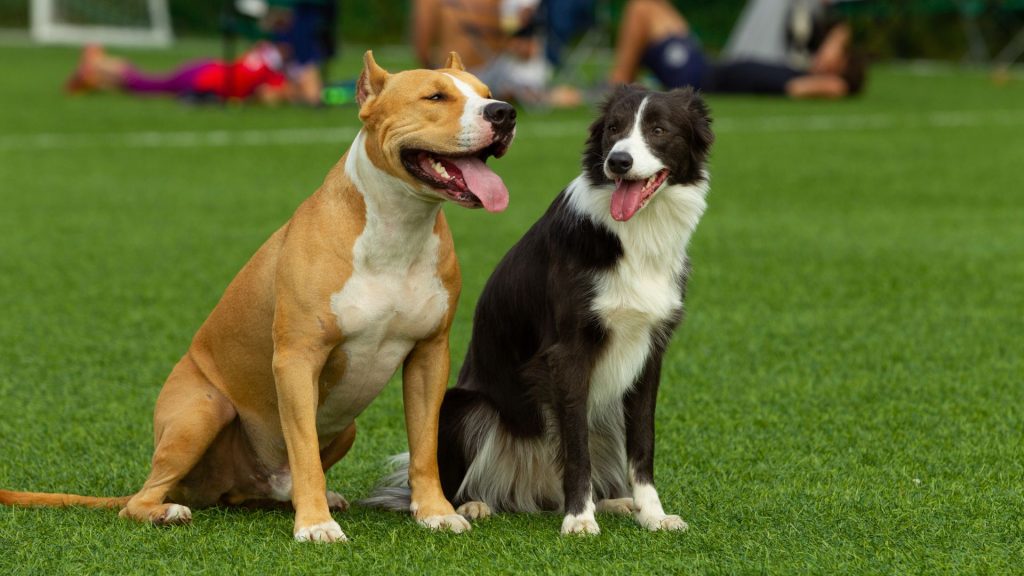
Why These Breeds Are Challenging for Individuals with Autism
Certain dog breeds exhibit traits that can be particularly challenging for individuals with autism. High energy levels and hyperactivity in breeds like Jack Russell Terriers and Dalmatians demand constant physical and mental stimulation. This can be overwhelming for those who need a calm and predictable environment. Loud barking, as seen in breeds like Beagles and Chihuahuas, can trigger sensory overload, causing significant distress for individuals with heightened auditory sensitivities. Aggressiveness or territorial behavior in breeds like Rottweilers and Akitas introduces unpredictability and potential safety concerns. High grooming needs in breeds like Poodles require frequent tactile interactions, which can be uncomfortable. Unpredictability and inconsistent behavior, common in breeds like Siberian Huskies, can disrupt the structured routines that many individuals with autism rely on.
Real-Life Scenarios and Potential Challenges
Consider a family with a child on the autism spectrum who adopts a Jack Russell Terrier. The dog’s hyperactivity and need for constant engagement lead to a chaotic home environment. The child’s sensory sensitivities are triggered by the dog’s frequent barking and high energy, causing meltdowns and increased anxiety.
In another scenario, a family chooses a Rottweiler for their autistic teenager. The Rottweiler’s territorial behavior and occasional aggressiveness create a sense of unpredictability and fear. The teenager, who relies on a stable and secure environment, struggles to cope with the dog’s intimidating presence and inconsistent behavior.
How These Traits Can Impact Individuals with Autism and Their Families
The traits exhibited by these breeds can significantly impact the well-being of individuals with autism and their families. High energy levels and hyperactivity can lead to sensory overload and heightened anxiety, disrupting daily routines. Loud barking can exacerbate auditory sensitivities, resulting in increased stress and discomfort. Aggressiveness or territorial behavior can create an atmosphere of fear and unpredictability, making it difficult for individuals with autism to feel secure. High grooming needs can cause discomfort during tactile interactions, leading to additional stress. Unpredictable behavior can disrupt the structured environment that many individuals with autism depend on, making it challenging for families to provide the stability and support their loved ones need.
Why These Breeds Are Challenging for Individuals with Autism
Certain dog breeds exhibit traits that can be particularly challenging for individuals with autism. High energy levels and hyperactivity in breeds like Jack Russell Terriers and Dalmatians demand constant physical and mental stimulation, which can be overwhelming for those who need a calm and predictable environment. Loud barking, as seen in breeds like Beagles and Chihuahuas, can trigger sensory overload, causing significant distress for individuals with heightened auditory sensitivities. Aggressiveness or territorial behavior in breeds like Rottweilers and Akitas introduces unpredictability and potential safety concerns. High grooming needs in breeds like Poodles require frequent tactile interactions, which can be uncomfortable for those with sensory sensitivities. Unpredictability and inconsistent behavior, common in breeds like Siberian Huskies, can disrupt the structured routines that many individuals with autism rely on.
How These Traits Can Impact Individuals with Autism and Their Families
The traits exhibited by these breeds can significantly impact the well-being of individuals with autism and their families. High energy levels and hyperactivity can lead to sensory overload and heightened anxiety, disrupting daily routines and making it difficult for individuals to feel calm and secure. Loud barking can exacerbate auditory sensitivities, resulting in increased stress and discomfort, which can negatively affect the individual’s ability to engage in daily activities.
Aggressiveness or territorial behavior can create an atmosphere of fear and unpredictability, making it challenging for individuals with autism to feel safe and secure in their environment. High grooming needs can cause discomfort during tactile interactions, leading to additional stress and potential aversion to necessary grooming routines. Unpredictable behavior can disrupt the structured environment that many individuals with autism depend on, making it difficult for families to provide the stability and support their loved ones need. Overall, these traits can create a less supportive and more challenging environment for individuals with autism, underscoring the importance of carefully selecting a suitable dog breed.
Tips for Choosing the Right Dog Breed for Autism
When selecting a dog breed for individuals with autism, it’s crucial to look for certain traits that can provide a calming and supportive environment. Ideal traits include a calm temperament, low energy levels, and minimal vocalization. Dogs that are gentle, patient, and easy to train are preferable. Additionally, breeds with predictable and consistent behavior are beneficial for maintaining a structured routine.
Recommendations for Suitable Breeds
Some breeds that are generally considered suitable for individuals with autism include the Golden Retriever, Labrador Retriever, and Cavalier King Charles Spaniel. These breeds are known for their gentle and patient nature, making them excellent companions. They are also typically easy to train and have predictable behavior patterns. Poodles and their mixes, like Labradoodles, are also good options due to their intelligence, calm demeanor, and low shedding, which can be beneficial for individuals with sensory sensitivities.

Importance of Matching the Dog’s Temperament with the Individual’s Needs
It’s essential to match the dog’s temperament with the individual’s specific needs and sensitivities. Each person with autism is unique, and what works for one individual may not work for another. Ensuring the dog’s temperament aligns with the person’s preferences and lifestyle can lead to a more harmonious relationship and a supportive environment. This careful selection process helps create a positive experience for both the individual and the dog, enhancing the overall quality of life for the family.
Conclusion
Choosing the right dog breed is crucial for creating a supportive and harmonious environment for individuals with autism. By considering traits such as calm temperament, low energy levels, and minimal vocalization, families can find a breed that aligns with their unique needs and preferences. It’s important to match the dog’s temperament with the individual’s specific sensitivities and lifestyle to ensure a positive experience. Thoughtful selection of a compatible breed can significantly enhance the quality of life, fostering a loving and supportive relationship between individuals with autism and their canine companions.

Hello, I’m Donna Carter, the founder and writer behind PetFleck.com. My journey with dogs started years ago, and it’s been a passion that has only grown stronger over time. I’ve always been fascinated by the unique behaviors and characteristics of different dog breeds, and this curiosity has led me to dive deep into the world of canine studies.
My love for dogs is the driving force behind everything I do. I’ve dedicated countless hours to researching and understanding the nuances of dog care, training, and breed-specific traits. This dedication helps me create content that is not only informative but also genuinely helpful for fellow dog lovers and owners.
At PetFleck, I combine my extensive knowledge and hands-on experience with my passion for dogs to provide valuable insights and tips. Whether it’s exploring different breeds or offering practical advice on dog care, I aim to share knowledge that makes a real difference in the lives of dogs and their families.
I’m thrilled to share my love for dogs with you through my writing. I hope my articles inspire and inform, helping you to better understand and appreciate the incredible bond we share with our furry friends.
Thank you for visiting PetFleck.com, and I look forward to connecting with you through our shared love of dogs!


